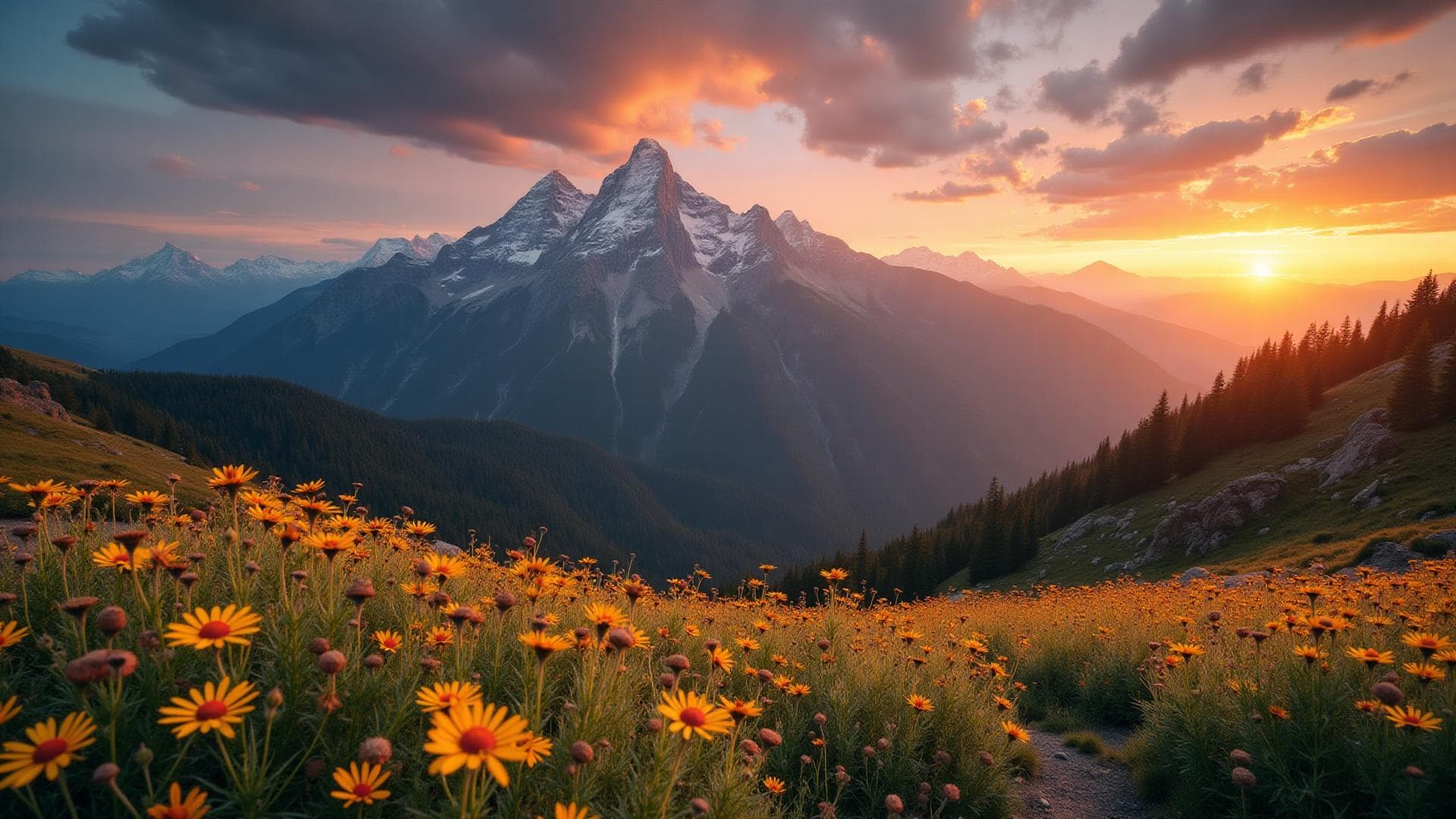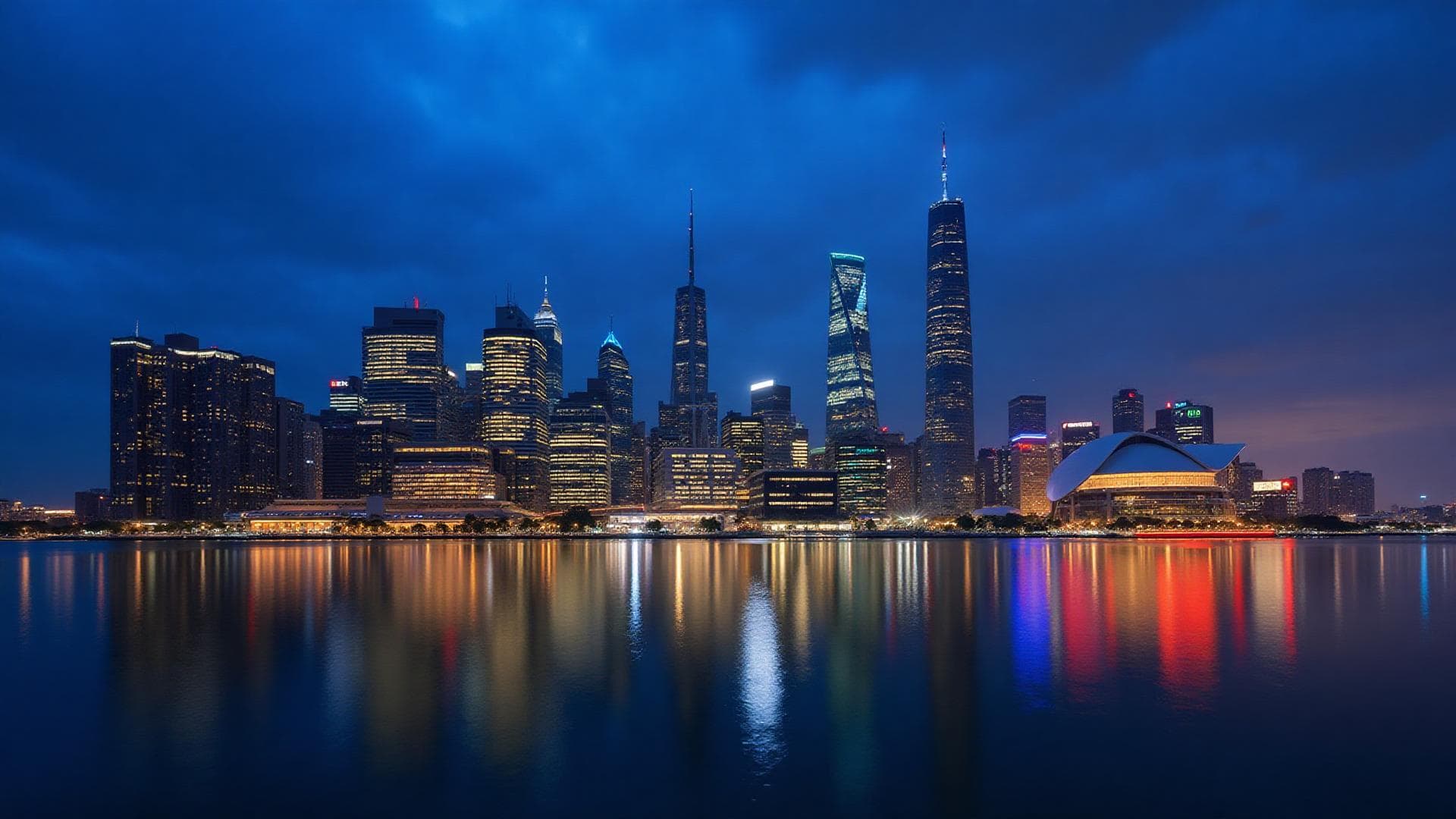Great landscape photography is built on strong composition. While beautiful light and stunning locations matter, how you compose your shot determines whether viewers simply glance or truly engage with your image.
The Rule of Thirds and Beyond
Yes, the rule of thirds is a starting point, but great landscape composition goes deeper:
Foreground, Middleground, Background
Create depth by including elements at different distances: - Foreground: Rocks, flowers, or water to anchor the image - Middleground: The main subject or point of interest - Background: Mountains, sky, or distant elements
Leading Lines
Use natural or man-made elements to guide the viewer's eye: - Rivers and streams - Roads and paths - Fences and walls - Shadows and light beams
Working with Light
The same landscape can look completely different depending on the light:
Golden Hour Magic
The hour after sunrise and before sunset provides: - Warm, directional light - Long shadows that add depth - Soft, flattering illumination
Dramatic Weather
Don't shy away from challenging conditions: - Storm clouds add drama and mood - Fog creates mystery and minimalism - Rain brings out colors and reflections
Advanced Techniques
Panoramic Stitching
Capture ultra-wide scenes by: 1. Shooting multiple overlapping frames 2. Keeping the camera level 3. Using consistent exposure settings 4. Stitching in post-processing
Focus Stacking
Achieve front-to-back sharpness: 1. Take multiple shots with different focus points 2. Blend in post-processing 3. Perfect for scenes with close foreground elements
The Waiting Game
The best landscape photographers know that patience pays off. Scout locations in advance, return during optimal conditions, and be willing to wait for the perfect moment.
Remember: you're not just photographing a place, you're capturing an emotion, a moment, a feeling. Let that guide your composition choices.

